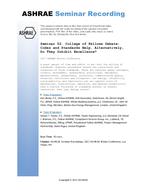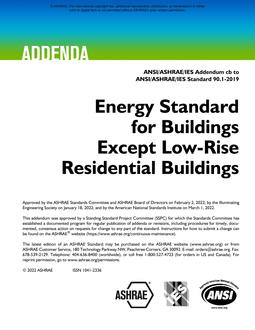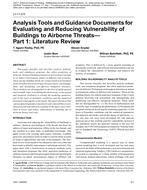Large eddy simulation (LES) is not often used for indoor environmental modeling due to its complexity and high computing cost. Recently,with some well-tuned LES code available, there are increasing cases of LES studies, among which an open-source LES code, fire dynamicssimulator (FDS), is often used. Concerns are raised on how well a fire modeling code performs, and what adjustments should be made to adaptFDS to indoor simulations without fires. This study evaluated the capabilities of FDS for modeling indoor thermal comfort and energy utilizationin a full-size chamber with a ceiling mounted air conditioner by two indices, the air diffusion performance index (ADPI) and the energyutilization coefficient (EUC). Different near-wall convection models were evaluated and the predicted results by FDS were compared to theexperimental data and the predictions from a Reynolds-averaged Navier-Stokes (RANS) model. The results show that for the near-wallconvection model in FDS, the default values of the natural convection constants need to be adjusted for both a horizontal surface and a verticalsurface to achieve better temperature predictions. It also shows that FDS can provide time-dependent thermal comfort and energy utilizationinformation as defined by ADPI and EUC with an acceptable accuracy. To reach steady state, both ADPI and EUC values take a period oftime, which could be about 10 and 15 minutes for the case modeled.
Citation: ASHRAE Conference Papers, Denver, CO
Product Details
- Published:
- 2013
- Number of Pages:
- 8
- File Size:
- 1 file , 570 KB
- Product Code(s):
- D-DE-13-C053


